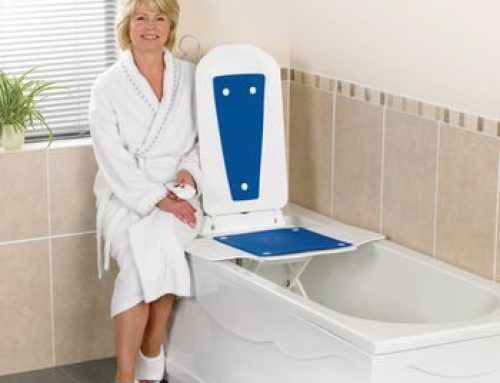Watching a loved one cope with the onset of Alzheimer’s can be a devastating time, and one of the most difficult decisions you will make during this time is where your loved one should age. A nursing home or assisted living facility is an option, of course, but in some circumstances, it may be more appropriate for the patient to live in his or her home. An Alzheimer’s patient may feel more comfortable in his or her own home, and the familiarity may help delay their decline. Your family may also not be able to afford a nursing home, or there may be a waiting list.
If you and your family can devote time to in-home caregiving or can afford an in-home caregiver to help your loved one, there are measures you can take to help ensure that your loved one is aging in place safely with Alzheimer’s.
First, develop day-to-day routines. Having a daily routine helps Alzheimer’s and dementia care run smoothly. Consistency is beneficial to the Alzheimer’s patient; the structure and familiarity of routines such as waking up, eating, bathing, dressing, having visitors, and bedtime can help your loved ones familiarize themselves.
During the day, activities and visitors will help your loved one receive sensory experiences and socialization. You’ll want to keep the activities tailored to the person’s interests and current level of ability. Outdoor time can be relaxing, as can group activities designed for those with Alzheimer’s. Plan to have visitors at a time of day when your patient is generally upbeat and in a good mood. Be careful not to overwhelm the patient with too much activity or stimulation.
There are also modifications you can make to your home to make it safer for your Alzheimer’s patient:
- Display emergency phone numbers and the home address near all phones.
- Install smoke alarms and carbon monoxide detectors near the kitchen and bedrooms. Test them frequently.
- Install secure locks on all outside doors and windows.
- Hide a spare house key outside the house.
- Avoid the use of extension cords to reduce the risk of slipping and falling.
- Stairways should have at least one full-length handrail and should be carpeted or have safety grip strips. If your loved one also suffers from mobility issues, you may consider installing a star lift.
- Avoid clutter, because it can confuse your loved one and can be a tripping hazard.
- Consider installing a ramp with handrails instead of stairs to the home’s entryway.
- Install lights with automatic sensors.
- Install grab bars in the tub or shower in contrasting color to the wall, or consider installing a bathtub lift.
- Use a raised toilet seat with handrails or a toilet lift.
In general, remove any hazards- things with sharp edges, electrical cords, poisonous liquids or powders such as laundry supplies, anything that could start a fire, or anything that could cause a fall.
Caring for an aging parent or loved one can be a difficult task, but with the right preparation to help someone with Alzheimer’s or dementia age at home, you can know that your loved one is aging at home in comfort and peace.



Leave A Comment
You must be logged in to post a comment.